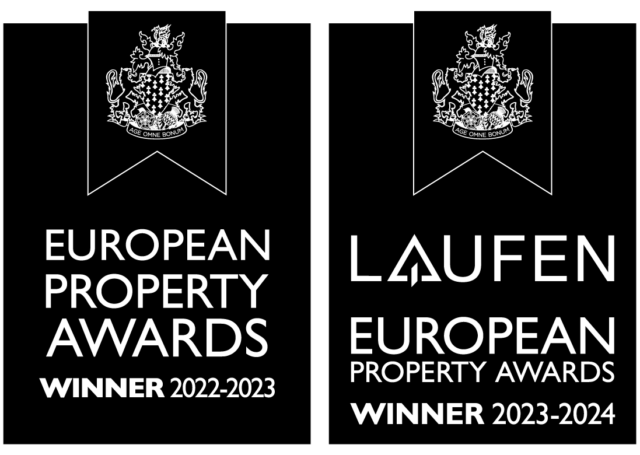In the bustling world of real estate development, a transformative trend has emerged – Urban Renewal. This innovative approach to revitalizing abandoned spaces is rapidly changing the face of cities, breathing new life into derelict areas, and creating thriving developments. By giving abandoned spaces a new purpose and identity, property developers are not only restoring architectural gems but also reinvigorating the spirit of entire communities.
The Revival of Forgotten Spaces:
In the heart of every city lie forgotten spaces, once vibrant hubs, now left neglected and deteriorating. These abandoned properties, whether old factories, warehouses, or heritage buildings, possess immense untapped potential. Urban renewal, as a key component of sustainable development, embraces the adaptive reuse of these structures, channeling creativity and innovation to transform them into vibrant, functional, and sustainable developments.
Preserving Heritage, Embracing the Future:
One of the most captivating aspects of urban renewal is the preservation of historical heritage. By carefully restoring and repurposing these structures, property developers breathe new life into the stories they tell. Integrating modern elements with the building’s rich history, developers strike a delicate balance between the past and the future, creating spaces that resonate with both heritage enthusiasts and modern-day residents.
Community-Centric Developments:
Urban renewal is not merely a transactional venture; it is a community-building endeavor. Developers are now more conscious of the importance of community-centric developments, incorporating amenities and spaces that foster social interactions. From communal gardens and gathering spaces to co-working areas, these revitalized developments prioritize the wellbeing of their residents and create an atmosphere of inclusivity.
Sustainable Urban Living:
Embracing sustainable development practices is at the core of urban renewal. Abandoned spaces, once blighted and environmentally harmful, are now being reimagined as green havens. By integrating energy-efficient technologies, renewable energy sources, and eco-friendly materials, property developers contribute to a greener urban landscape, mitigating the impact of climate change and fostering a sustainable way of living.
The Economic Ripple Effect:
Beyond its architectural and environmental benefits, urban renewal also holds significant economic potential. These reinvigorated spaces attract new businesses, stimulate local economies, and elevate property values in the surrounding areas. As thriving developments emerge, they create a ripple effect, encouraging further investments and leading to an upward trajectory for the community.
Urban renewal is more than just a trend; it is a transformative force that redefines the urban landscape and the way we perceive abandoned spaces. By converting these derelict properties into thriving developments, property developers are rewriting the narratives of our cities, preserving their history while creating a better, more sustainable future. As urban renewal continues to gain momentum, it is evident that this visionary approach to real estate development holds the key to unlocking the full potential of our cities and enriching the lives of those who call them home.

